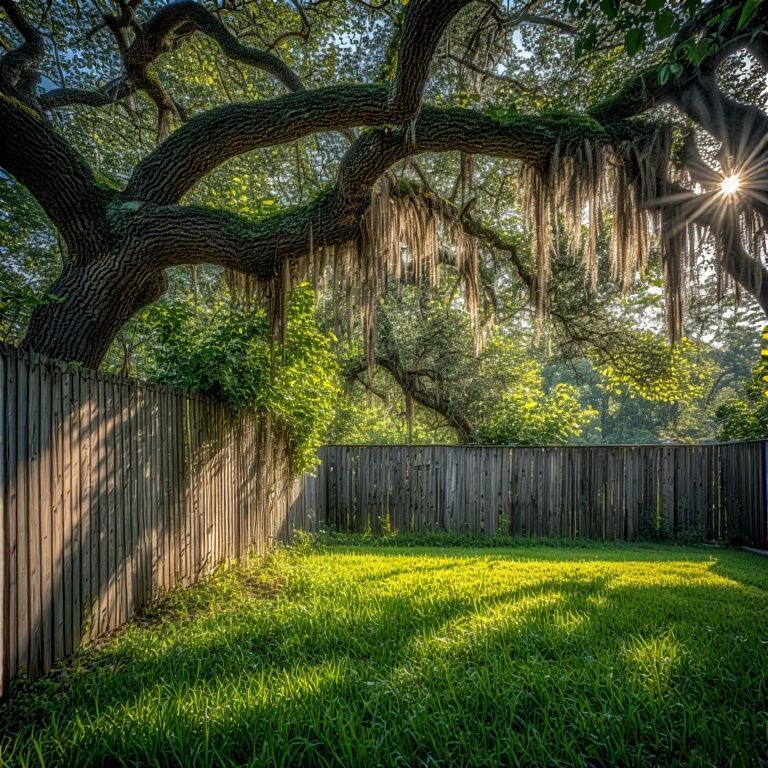Tree Care During Florida's Rainy Season
Image above: DanTD, CC BY-SA 4.0, via Wikimedia Commons
Florida’s rainy season, typically from May to October, brings a unique set of challenges for tree care. Prolonged periods of heavy rain can cause soil to become waterlogged, depriving roots of oxygen, which can lead to root rot or even the death of the tree. Here are steps to safeguard your trees during this time:
- Ensure Proper Drainage: Waterlogged soil can suffocate tree roots. Check that water drains away from the tree base after storms. Consider installing French drains or grading the landscape to prevent pooling around the roots.
- Mulching for Moisture Control: Mulch helps retain the right amount of moisture during Florida’s unpredictable rainy spells. A 2-4 inch layer of mulch around the tree’s base can help regulate soil moisture and reduce evaporation during dry spells between rains. However, avoid piling mulch against the trunk, as this can encourage rot.
- Pruning for Storm Resistance: Strong winds often accompany Florida's rainy season, which can result in broken limbs and fallen trees. Prune trees before the start of the rainy season to remove dead, diseased, or weak branches that are more likely to break in a storm. Thin the canopy to allow wind to pass through more easily, reducing the risk of uprooting.
- Watch for Root Rot: If your area experiences extended periods of rain, regularly check for signs of root rot such as wilting, yellowing leaves, or fungal growth near the base of the tree. These symptoms can indicate that the tree's roots are no longer able to absorb nutrients due to over-saturation. If you notice these signs, consult an arborist.
Florida’s rainy season can be hard on trees, but with proper care, you can minimize the risks and keep your trees healthy throughout the season.













Share On: